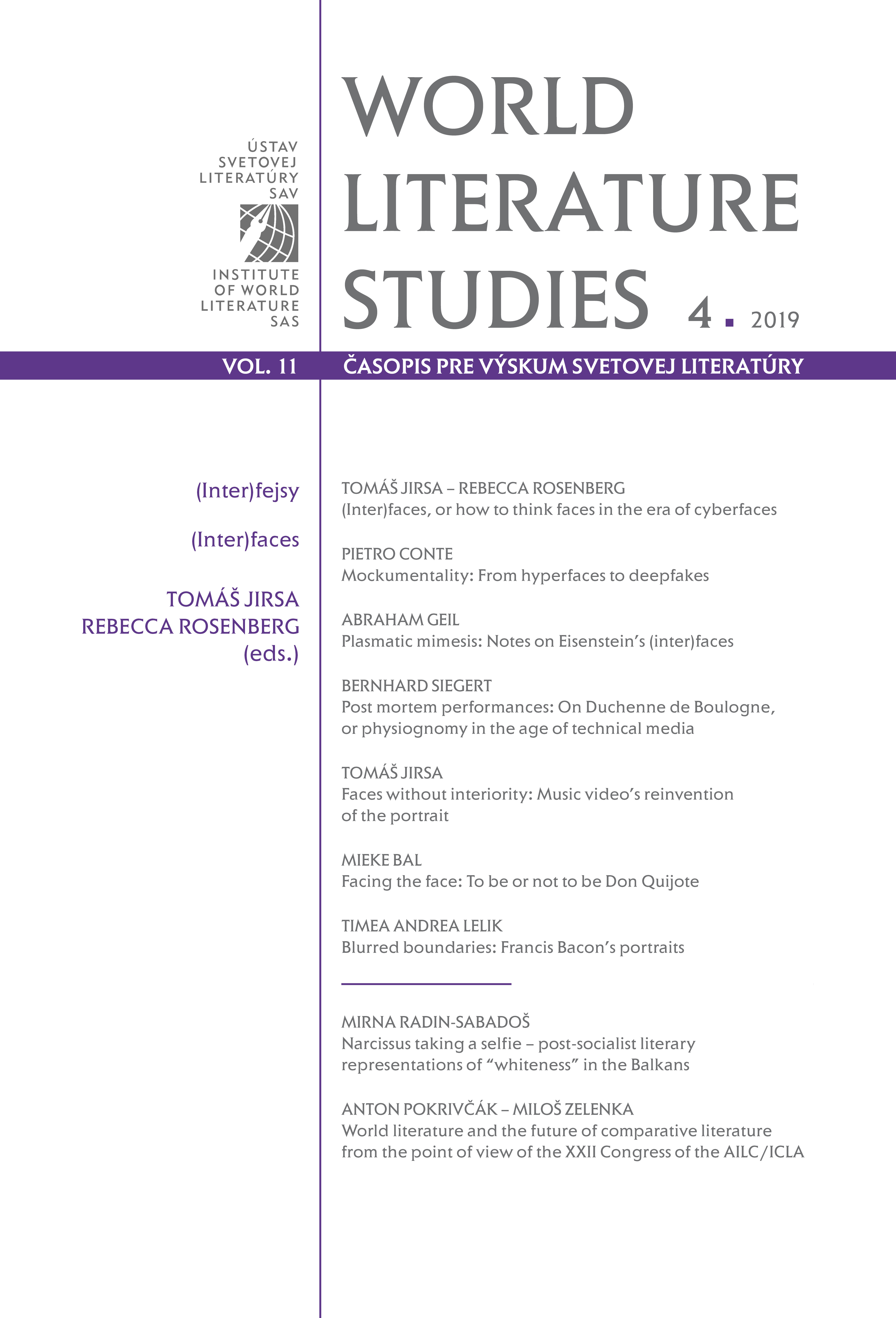Post mortem performances: On Duchenne de Boulogne, or physiognomy in the age of technical media
Post mortem performances: On Duchenne de Boulogne, or physiognomy in the age of technical media
Author(s): Bernhard SiegertSubject(s): Language and Literature Studies, Photography, Studies of Literature, Semiology, Aesthetics
Published by: SAV - Slovenská akadémia vied - Ústav svetovej literatúry
Keywords: "Physiognomy"; "Galvanism"; "Photography"; "Resuscitation"; "Hypnotism"; "Expressionist film";
Summary/Abstract: This essay reconstructs the genealogy of the electro-physiognomic experiments which Guillaume-Benjamin Duchenne conducted in the second half of the 19th century, and highlights their impact on the media dispositif of the early 20th century. The photographs in Duchenne’s Mécanisme de la physionomie humaine (1862) are discussed as part of an epistemological shift from the semiotic regime of expression to the medial regime of switching by which they are indissolubly connected to the history of galvanism and electromagnetism on the one hand, and to the history of hypnotism and Expressionist film on the other. Due to this perspective, a main focus of this article is the archaeology of Duchenne ’s special feature of the gliding cardboards that introduces the on/off operation of switching into both photography and “the body”, and its echo in films such as The Cabinet of Doctor Caligari (1919/20) or Frankenstein (1931).
Journal: World Literature Studies
- Issue Year: 11/2019
- Issue No: 4
- Page Range: 42-54
- Page Count: 13
- Language: English

